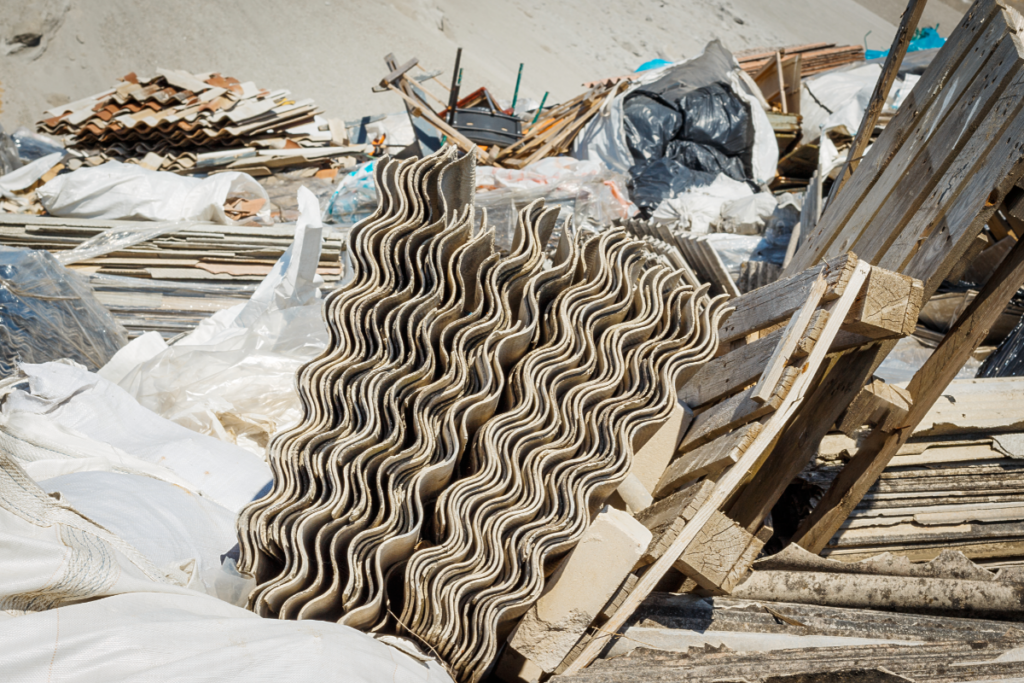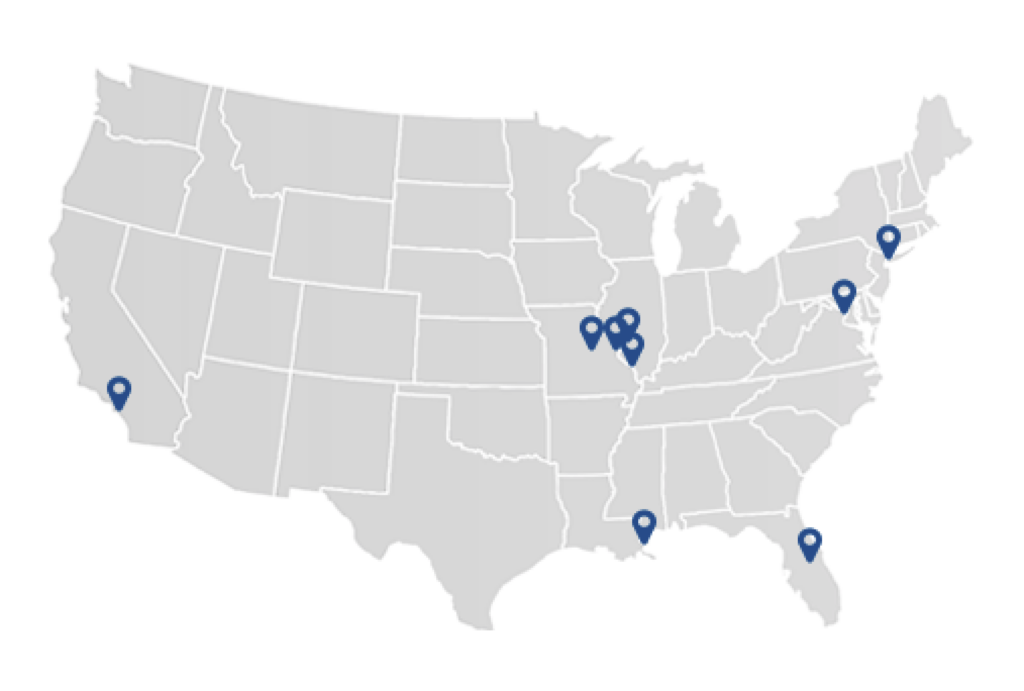A Montana jury recently ruled against a workers’ compensation insurance company in a groundbreaking asbestos case. The jury held the insurance company responsible for $36.5 million in damages.
This decision was significant for several reasons. It marked an end to the first, bellwether case to move through a special Montana asbestos court. The state created this special court to resolve the hundreds of claims filed against W. R. Grace Co. and its insurer, Maryland Casualty Company. As a result, the verdict previews the stakes for the hundreds of related cases, all of which tie back to an old vermiculite mine in Libby.
What does this say about the other cases?
As the Montana Standard noted, the case does not guarantee that Maryland Casualty will settle other cases. However, the result strengthens the plaintiffs’ positions in those other cases.
The case also serves as a startling example of the ways companies failed or mistreated workers. Here are some of the more notable facts from the trial:
- The jury awarded $6.5 million as compensatory damages. These address losses like the plaintiff’s medical bills, lower quality of life and pain and suffering. As the report noted, the plaintiff struggles to breathe without an oxygen feed. Even going to the bathroom is a struggle. The jury also awarded $30 million as punitive damages. This means the jury found Maryland Casualty guilty of actual fraud or malice.
- R. Grace executives had previously avoided criminal charges. Much of the evidence against them had been ruled inadmissible.
- Asbestos dust was everywhere near the mine. Tests had revealed the dust layered over the ground contained as much as 40 to 80 percent asbestos. OSHA limits workplaces to far less than that. Workplaces should have no more than one-tenth of one of the mineral’s microscopic fibers per cubic centimeter.
- Despite the dangers, no one cautioned workers about the dust. Instead, workers heard the dust was just a nuisance. And when inspectors found that the dust was of “considerable toxicity,” they shared that information with the management. It never made its way to the workers.
- The workers’ compensation insurance, Maryland Casualty, indicated it was aware of the problem when it recommended that W. R. Grace settle early to keep workers from looking into “the more damaging aspects” of their claims.
- The question of whether Maryland Casualty could be held responsible had already made its way to the Montana Supreme Court. There, the court unanimously ruled that Maryland Casualty had breached its duties to W. R. Grace Co. employees. Specifically, the insurance company failed to disclose information related to the injured workers’ rights. Instead, it suppressed information and tried to avoid sharing that information with the Montana Industrial Accident Board.
What does this mean for asbestos cases elsewhere?
The verdict isn’t as simple as it looks when you see the $36.5 million award. First, there’s certainly bad news tucked away in the reporting. You have mass human suffering hidden behind the idea of “claims.” You have the fact it took more than 20 years for the first plaintiff to receive his award. And it reminds us of the ways companies repeatedly prioritized profits over people’s lives as they concealed the truth about asbestos exposure.
But, of course, there’s also good news with this verdict. It shows that the justice system can work. Juries can hold giant companies responsible for their bad actions. And it shows that corporate responsibility may run deeper than is visible at a first glance. Here, that responsibility snaked its way back from W. R. Grace Co. to the company’s insurer. But, in this case, the insurance was unable to hide. The plaintiff’s attorneys shone a light on the insurance company’s malice and deceit, and the jury responded.



